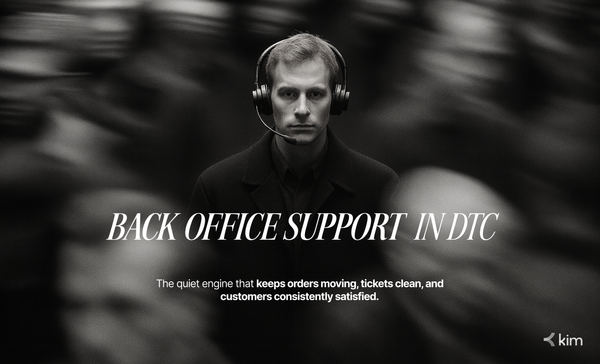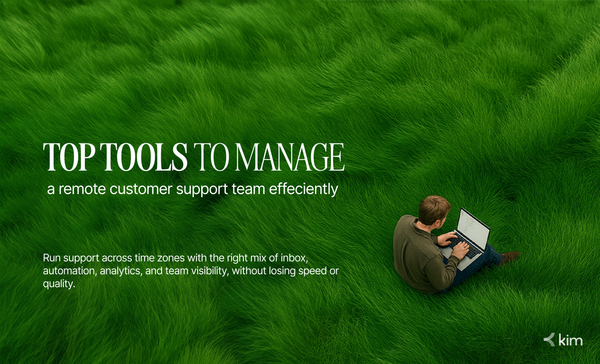Mastering Go-to-Market Strategies: Why Direct Customer Engagement Wins
Learn why ditching market research for real customer conversations can transform your startup's go-to-market strategy. Direct engagement = success! #startup #marketing

When we first started conceptualizing Kim, we had several assumptions about our go-to-market strategy. However, a pivotal trip to the U.S. opened our eyes to the real needs of our customers, drastically shifting our approach. This experience underscored a fundamental truth for startups: engaging directly with your customers can provide insights no amount of market research can match.
Understanding Customer Needs Through Direct Interaction
During my visit to the U.S., I had the opportunity to sit down for lunch with several direct-to-consumer (DTC) brand heads in New York and Los Angeles. These casual conversations revealed invaluable insights into their specific challenges and needs. For instance, I learned that these hubs were significant for DTC brands, a detail that our remote user research hadn't captured. This information was crucial in refining our product offering to better suit our target market.
The Power of Real-World Engagement
What struck me most during these discussions was the organic nature of the information flow. There were no surveys or formal interviews; just genuine, human interaction. This setting allowed for more open and honest feedback, which is often sanitized in more formal research settings. The insights gained from these real-world interactions were so profound that they reshaped our entire go-to-market strategy.
Implementing the Insights
Post-trip, we adjusted our approach to focus more on these geographic hubs, tailoring our marketing and sales strategies to the nuances we had uncovered. We also shifted the timing of our campaigns to align with the industry's peak seasons, particularly around Black Friday, a crucial period we hadn't fully appreciated before.
The Impact of Direct Engagement on Startup Strategy
This shift in strategy wasn't just a minor adjustment; it was a complete overhaul that only happened because of our willingness to engage directly with our customers. Startups often underestimate the value of face-to-face interaction, especially in a digital age where online surveys and virtual meetings are the norms. However, as we've seen with Kim, physical presence and direct engagement can uncover nuances that are crucial for a successful go-to-market strategy.
The lesson here is clear: while digital tools and remote research methods are invaluable, they should not replace real-world interactions. Meeting your customers where they are, both literally and figuratively, remains a critical component of understanding their needs and delivering solutions that truly resonate. For any startup refining its go-to-market strategy, remember that direct customer engagement is not just an option; it's a necessity.




